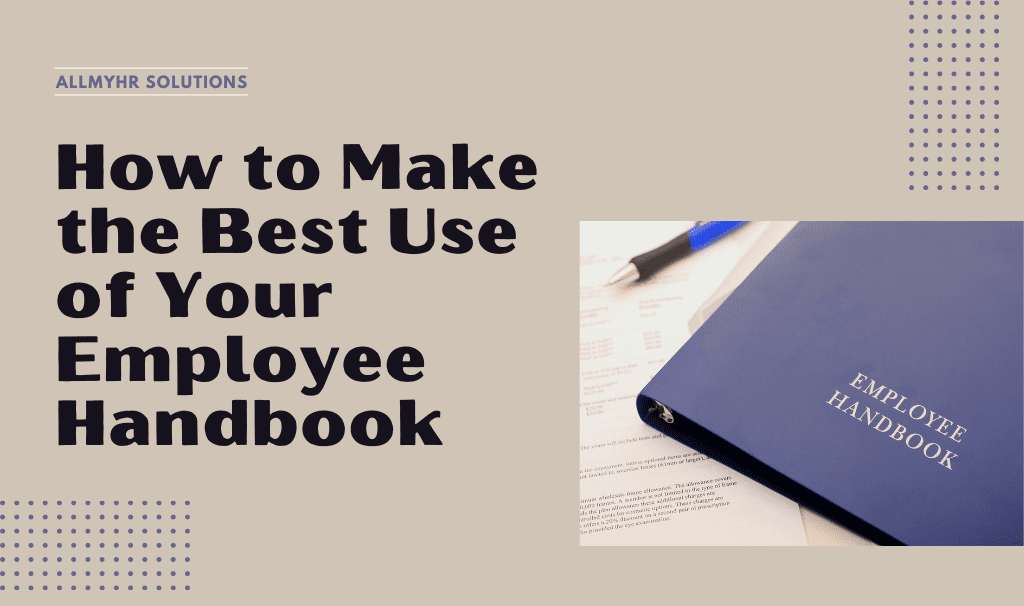As of my last knowledge update in September 2021, there were several Learning Management Systems (LMS) that were popular and well-regarded for training purposes. However, the landscape might have evolved since then, and new platforms may have emerged. It’s essential to consider your specific requirements and organizational needs when selecting an LMS. Here are some top LMS platforms that were recognized for their features and capabilities:
- Moodle:
- Open-source LMS.
- Customizable and widely used in educational institutions.
- Offers a range of features, including quizzes, forums, and collaborative tools.
- Canvas by Instructure:
- Known for its user-friendly interface.
- Cloud-based LMS.
- Offers a variety of tools for content creation, collaboration, and assessment.
- Blackboard Learn:
- A widely used LMS in higher education.
- Provides tools for content creation, assessment, and communication.
- Adobe Captivate Prime:
- Focuses on corporate training.
- Offers features like gamification, social learning, and analytics.
- TalentLMS:
- Cloud-based LMS designed for simplicity and ease of use.
- Suitable for small to medium-sized businesses.
- Docebo:
- Known for its AI-powered learning platform.
- Offers features like social learning, mobile learning, and advanced reporting.
- SAP Litmos:
- Focuses on corporate training.
- Scalable and provides analytics for tracking training effectiveness.
- Cornerstone OnDemand:
- Comprehensive talent management system, including LMS.
- Suitable for large enterprises.
- Schoology:
- Often used in K-12 education.
- Provides a collaborative platform for educators and students.
- Talentsoft:
- An integrated talent management system with LMS capabilities.
- Supports various HR functions, including performance management and learning.
When choosing an LMS, consider factors such as ease of use, scalability, integration capabilities, customer support, and pricing. Additionally, it’s advisable to check for the most recent reviews and updates to ensure that the platform meets your organization’s current needs









